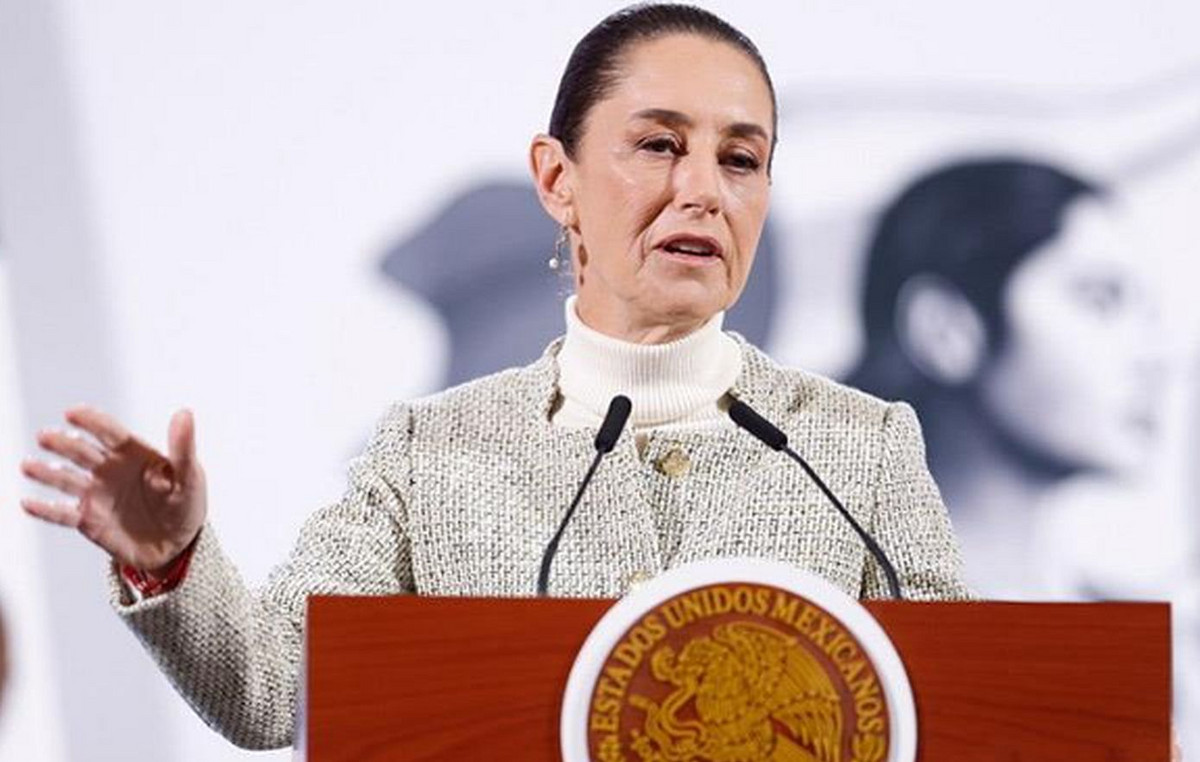- WTI price loses ground due to ongoing discussions on a US ceasefire plan to end the war in Gaza.
- Oil prices could appreciate as Tropical Storm Beryl could disrupt U.S. energy supplies.
- Rising bets on Fed rate cuts could provide support to oil demand.
West Texas Intermediate (WTI) crude oil prices are extending their losses, trading around $82.00 per barrel during the European session on Monday. This decline is attributed to the easing of geopolitical tensions in the Middle East, particularly with prospects of a ceasefire in Gaza. This development has eased concerns about supply disruptions. According to Reuters, discussions on a US ceasefire plan to end the nine-month conflict in Gaza are ongoing, with Qatar and Egypt mediating the negotiations.
The fall in oil prices could be halted by potential disruptions to U.S. energy supplies from Tropical Storm Beryl. On Sunday, the ports of Corpus Christi, Houston, Galveston, Freeport and Texas City were closed in preparation for Hurricane Beryl. The storm is expected to make landfall along the mid-Texas coast between Galveston and Corpus Christi later on Monday, according to Reuters.
Weaker-than-expected US jobs data on Friday raised the likelihood of interest rate cuts by the Federal Reserve (Fed) sooner rather than later. Lower Fed rates could help improve business conditions in the largest oil consumer, the United States (US), which could support demand for crude oil.
US Nonfarm Payrolls (NFP) rose by 206,000 in June, following a rise of 218,000 in May. This figure was above the market expectation of 190,000. The US unemployment rate rose to 4.1% in June from 4.0% in May. Meanwhile, average hourly earnings declined to 3.9% year-over-year in June from the previous reading of 4.1%, in line with market expectations.
According to the CME’s FedWatch tool, rate markets are currently pricing in a 70.7% chance of a rate cut in September, up from 64.1% just a week ago. The dollar faced challenges as Fed Chair Jerome Powell said last week that the central bank is returning to a disinflationary path, according to Reuters.
WTI Oil FAQs
WTI crude oil is a type of crude oil sold on international markets. WTI stands for West Texas Intermediate, one of three main types that include Brent and Dubai crude. WTI is also known as “light” and “sweet” for its relatively low gravity and sulfur content, respectively. It is considered a high-quality oil that is easily refined. It is sourced in the United States and distributed through the Cushing hub, considered “the pipeline crossroads of the world.” It is a benchmark for the oil market and the price of WTI is frequently quoted in the media.
Like all assets, supply and demand are the main factors determining the price of WTI crude oil. As such, global growth can be a driver of increased demand and vice versa in the case of weak global growth. Political instability, wars and sanctions can disrupt supply and impact prices. Decisions by OPEC, a group of large oil producing countries, are another key driver of price. The value of the US Dollar influences the price of WTI crude oil, as oil is primarily traded in US Dollars, so a weaker Dollar can make oil more affordable and vice versa.
The weekly oil inventory reports published by the American Petroleum Institute (API) and the Energy Information Agency (EIA) influence the price of WTI oil. Changes in inventories reflect fluctuations in supply and demand. If the data show a decrease in inventories, it may indicate an increase in demand, which would push up the price of oil. An increase in inventories may reflect an increase in supply, which pushes down prices. The API report is published every Tuesday and the EIA report the following day. Their results are usually similar, with a difference of 1% between them 75% of the time. The EIA data is considered more reliable because it is a government agency.
OPEC (Organization of the Petroleum Exporting Countries) is a group of 13 oil-producing nations that collectively decide on member countries’ production quotas at biennial meetings. Their decisions often influence WTI oil prices. When OPEC decides to reduce quotas, it can restrict supply and drive up oil prices. When OPEC increases production, the opposite effect occurs. OPEC+ is an expanded group that includes ten other non-OPEC countries, most notably Russia.
Source: Fx Street
I am Joshua Winder, a senior-level journalist and editor at World Stock Market. I specialize in covering news related to the stock market and economic trends. With more than 8 years of experience in this field, I have become an expert in financial reporting.







